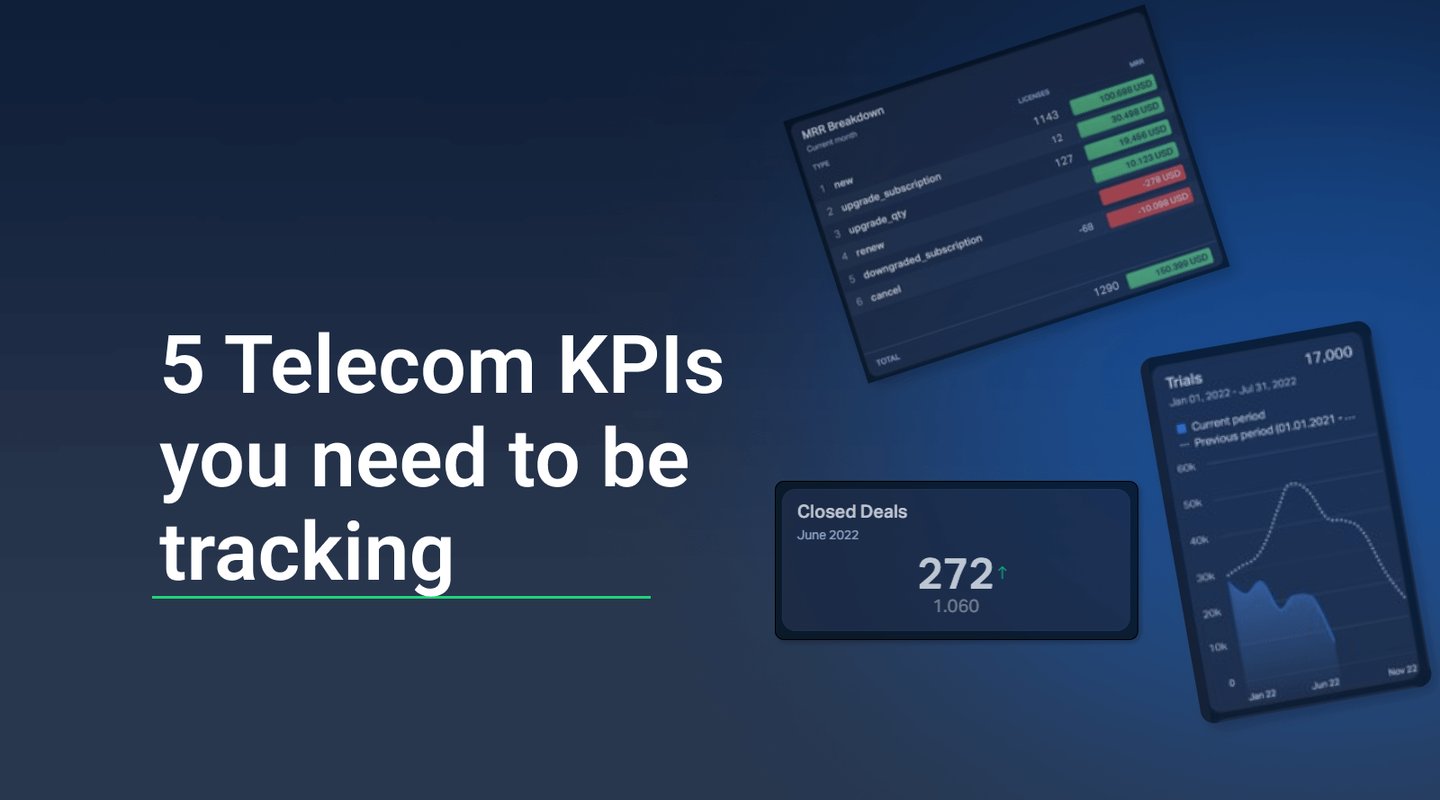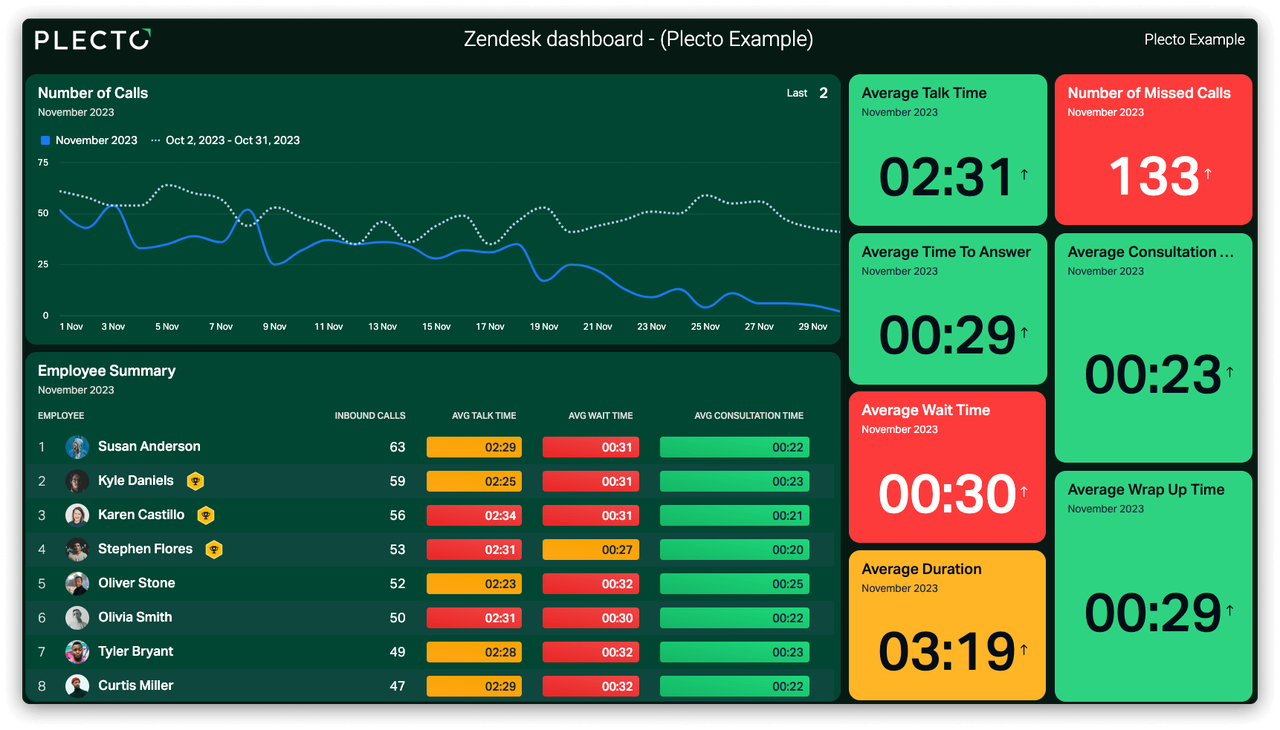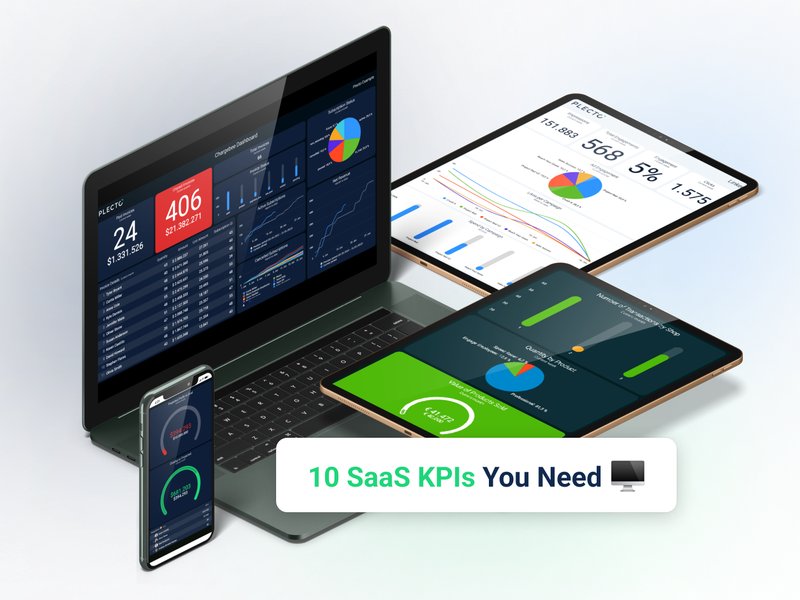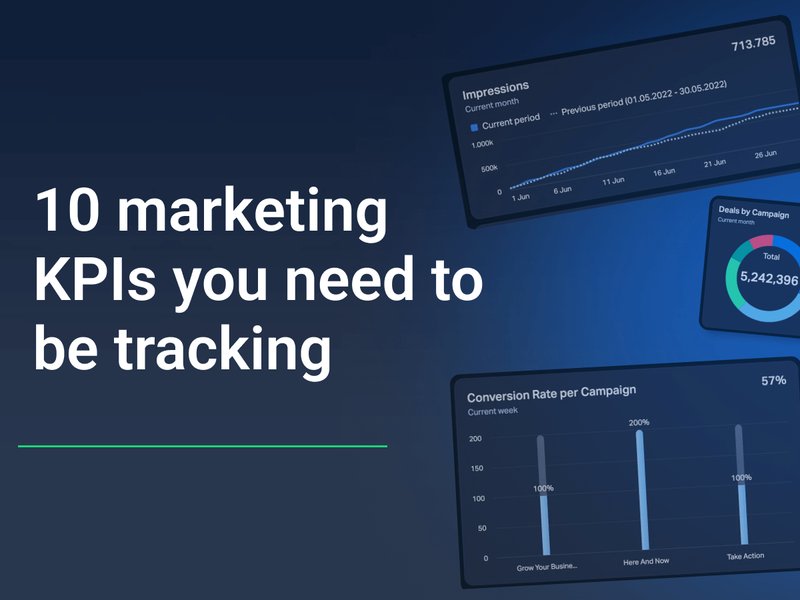Telecom is one of the most competitive industries in the world – and it also has some of the highest churn rates. With the odds stacked against them, telecom companies expecting to thrive in the future must keep a close eye on how their sales and customer service teams are performing.
One of the most effective ways for telecom companies to drive performance is by tracking key performance indicators (KPIs) on a telecom KPI dashboard. This article discusses how to identify the most important telecom key performance indicators for your business, and suggests five KPIs that every telecom company should be tracking to help ensure their future success.
How to Identify the Most Important KPIs for Your Telecom KPI Dashboard
The main objective of tracking KPIs is to become more data-driven in how you do business. This requires looking at your company from the outside in – in other words, seeing your company through your customers’ eyes. Once you’ve identified the most relevant telecom key performance indicators for your company, you’ll be able to set up your telecom KPI dashboard.
These two questions are an excellent starting point for creating your KPI strategy:
1. What do customers like least about your company?
A deep dive into your CRM and online reviews should reveal common points of dissatisfaction among your customers. Telecom customers are often frustrated by things like service outages, billing and contract issues, long wait times for customer service or service calls, and value for money. Once you know what’s making your customers feel dissatisfied, you can set telecom key performance indicators to improve.
2. What do customers like most about your company?
While customers are more apt to contact customer service or leave a review when they’re dissatisfied, you should also be able to glean insights from online reviews and your CRM into what you’re doing well. Maybe your customer service has a high satisfaction rate, you quickly resolve service disruptions – or your service rarely goes down. Knowing what you’re doing well can help you benchmark and set KPIs to ensure that you maintain these benchmarks as your minimum level of service.
5 Examples of KPI Telecom Definition
If you don’t have the time or resources to invest in KPI telecom definition as described above, these five telecom key performance indicators are an excellent starting point.
1. Net Promoter Score (NPS)
We’ll start our list of telecom key performance indicators with NPS, which measures your company’s customer loyalty based on one question, “On a scale of 1–10, how likely are you to recommend us to a friend?”
Customers generally fall into three groups:
- 0–6: Detractors, who are dissatisfied with your company and who are likely to share their negative experiences online and by word of mouth.
- 7–8: Passives, who are unlikely to say anything positive or negative about their experiences with your company.
- 9–10: Promoters, who are extremely satisfied with your company and who are likely to share their positive experiences online and by word of mouth.
To calculate your company’s NPS, subtract the total percentage of detractors from the total percentage of promoters.
While you may be familiar with general NPS benchmarks, it’s important to note that NPS scores tend to be lower for telecom vs. other industries.
Here are some NPS benchmarks for the telecom industry:
- -10–0: Average
- Above 10: Strong
- Above 30: Extremely Strong
Instead of an excuse to justify a low NPS, ambitious companies should see this as an opportunity to outpace their competition. Even a small boost in NPS could lead to word-of-mouth referrals that can really spur sales growth – and maybe even win back some of your company’s previous detractors!
2. Average Customer Satisfaction Score (CSAT)
Similar to NPS, CSAT is measured based on one question, “On a scale of 1–10, how satisfied were you with our service?” Average positive customer service ratings vary by channel, but here are some benchmarking guidelines. If certain channels consistently have a low score, a survey could help you get to the bottom of why that is.
Especially in the telecom industry, customer service can make or break customer retention. Across the board, 50% of customers say they’d take their business elsewhere after one bad customer service experience, pointing to poor customer service as one of the main reasons they’d switch companies. If you’re serious about providing world-class customer service to improve retention, read this article to discover the 15 customer service KPIs you need to be tracking to provide the best service at the lowest cost.
Build your first dashboard.
Start your 14-day free trial today
3. Churn Rate
In the hyper-competitive telecom industry, long-term success is largely based on the company’s ability to retain customers. Some experts estimate that the cost of acquiring a new customer is six to seven times more than retaining an existing customer. Estimates also suggest that increasing customer retention by just 5% can increase profitability by up to 75% because upsells and renewals contribute 75–90% of most companies’ revenue vs. just 5–30% from the original sales. With this in mind, it’s imperative to understand your company’s churn rate.
Use this formula to calculate your company’s churn rate: number of customers lost during a specific timeframe ÷ number of customers at the beginning of the same timeframe = churn rate
An annual churn rate of 5–7% is to be expected, but anything beyond that should trigger a closer look into why customers are leaving. Check out this article for 5 important KPIs for account managers.
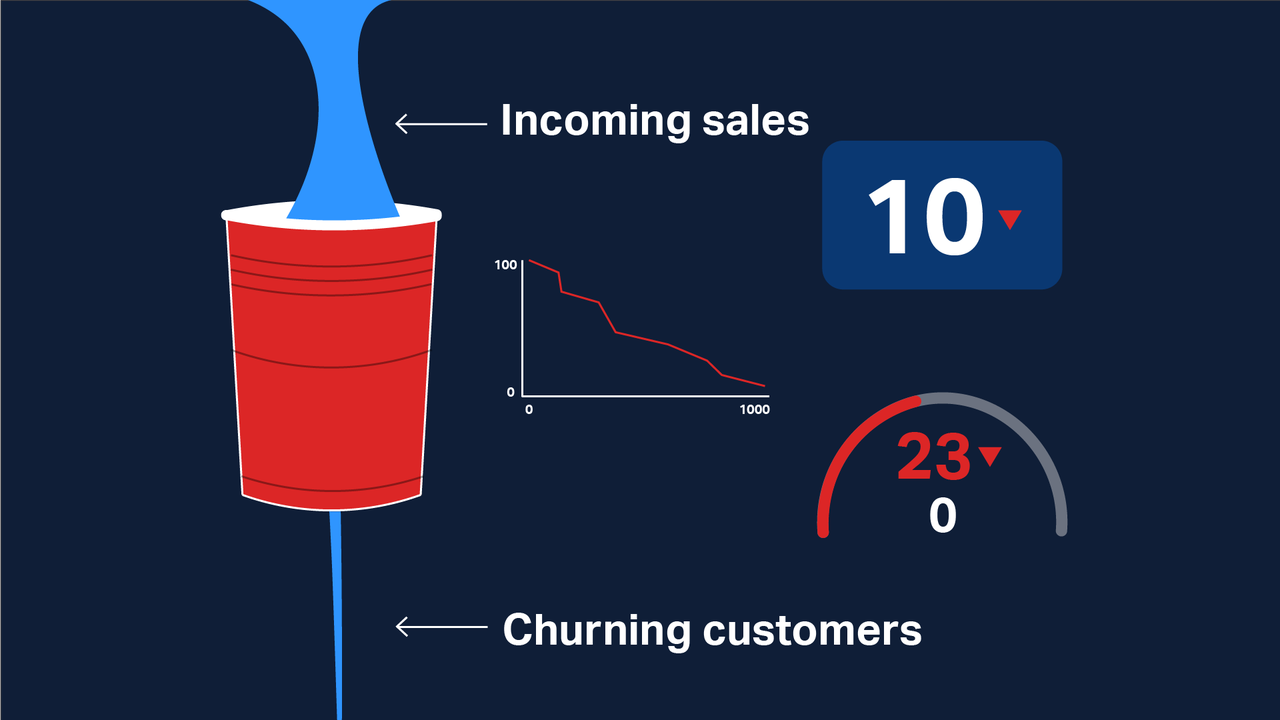
4. New Business Revenue
While existing customers are the main source of revenue for telecom companies, you can’t generate recurring revenue without recruiting new customers. This telecommunications key performance indicator tracks how much income your company is generating from first-time customers. For maximum insight, track this KPI monthly against a target percentage (e.g., 35% of revenue should come from first-time customers).
5. Repeat Business Revenue
Another important telecommunications key performance indicator, this one tracks how much of your company’s revenue comes from its current client base. In telecom, this metric often includes recurring subscription revenue as well as revenue from cross-sells and upsells. This important KPI can help you identify your highest-revenue products, so you know which offerings to upgrade or expand in the future. Like the previous KPI, this one also is best tracked monthly against a target percentage (e.g., 65% of revenue should come from existing customers).
Check out these 21 sales KPIs to add even more revenue-driving insights to your telecom KPI dashboard!
Track your telecom key performance indicators with Plecto!
Tracking these five telecommunications key performance indicators on a Plecto telecom KPI dashboard will give you on-demand access to a visualized overview of your company’s performance against its KPIs. Plecto also enables you to schedule and generate automatic reports with custom KPIs and real-time data to help you stay on top of your progress.
Take control of your company’s future success – sign up for a free 14-day trial of Plecto!
